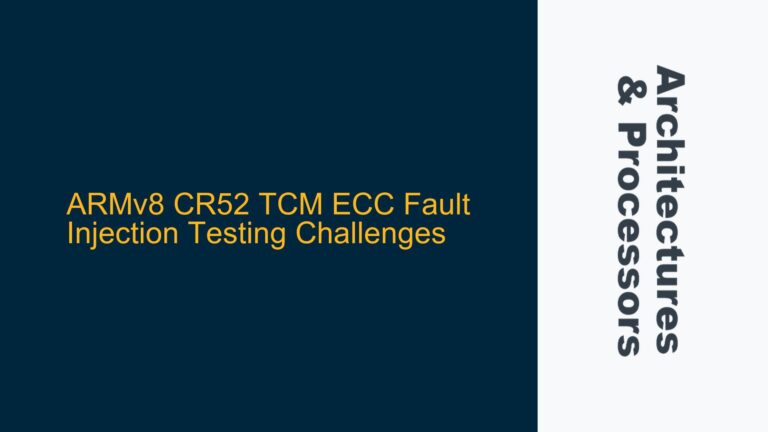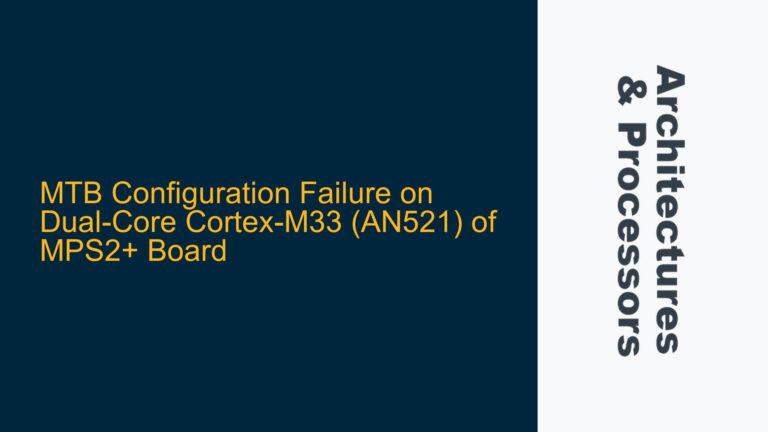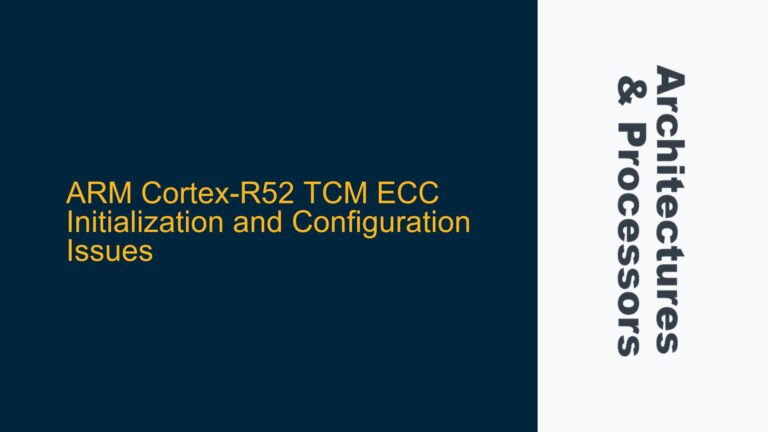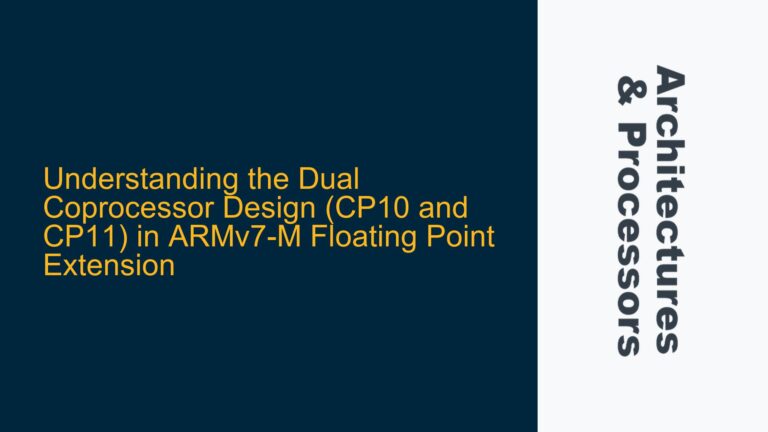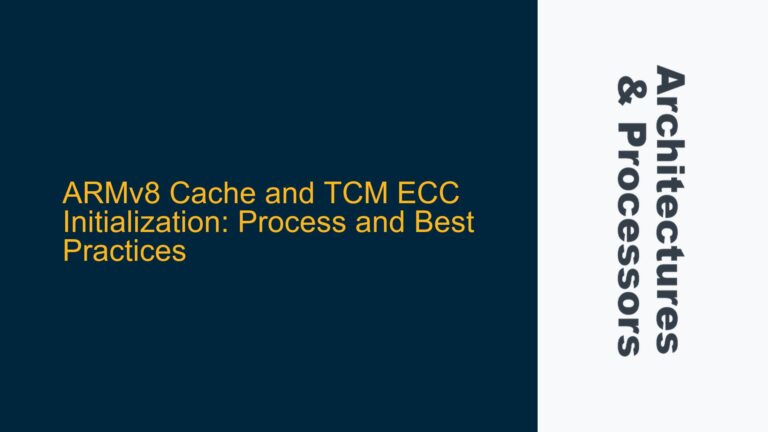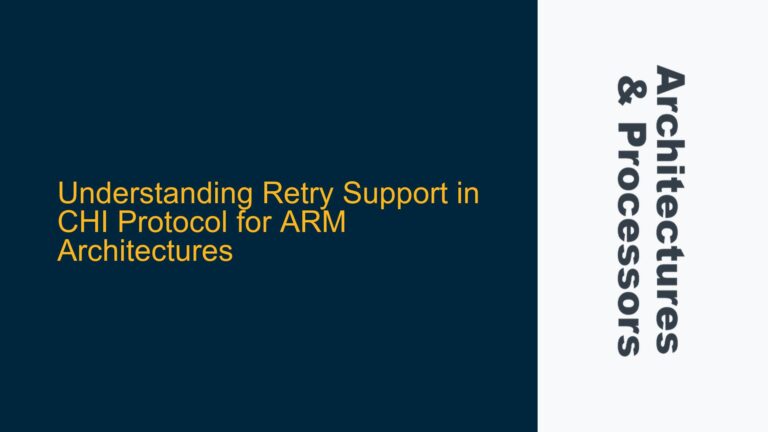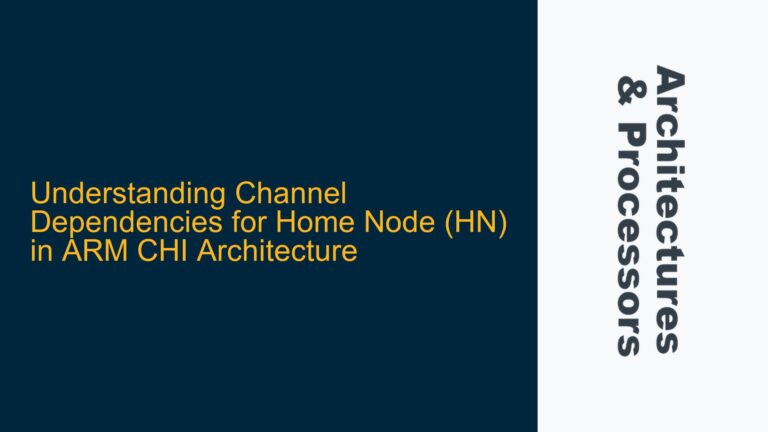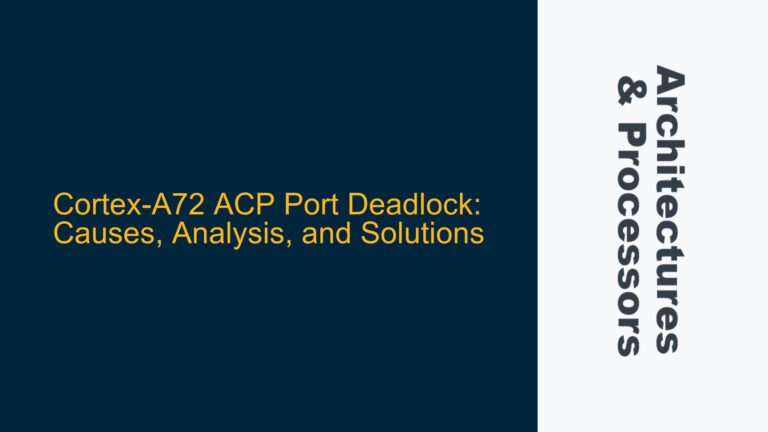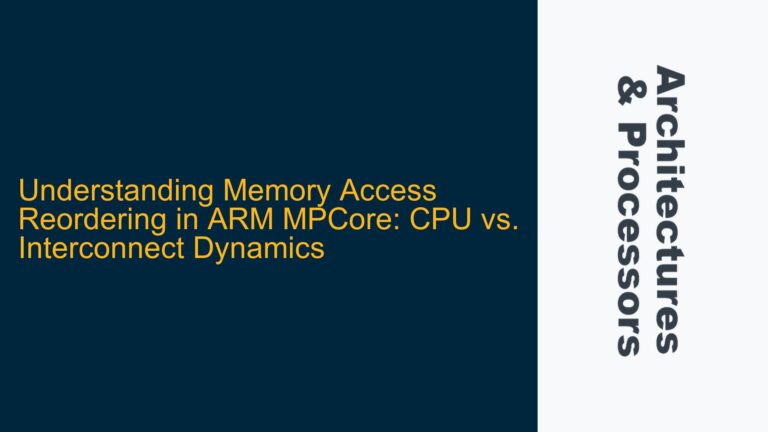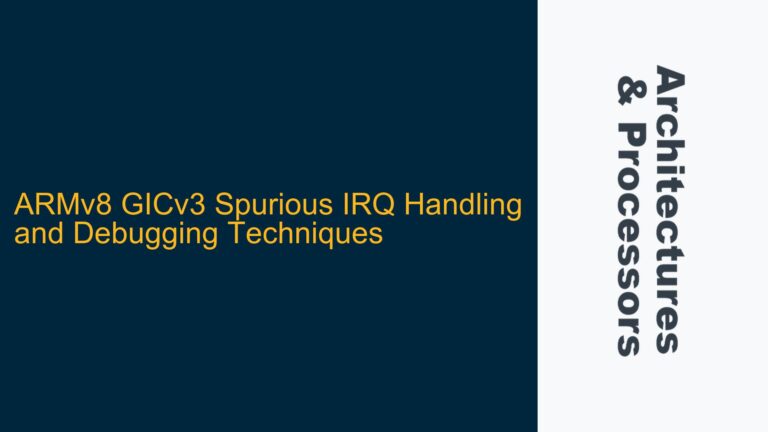ARMv8 CR52 TCM ECC Fault Injection Testing Challenges
ARMv8 CR52 TCM ECC Fault Injection Testing Overview The ARMv8 CR52 architecture, particularly when implemented in Renesas T2M series chips, incorporates Error Correction Code (ECC) functionality for both Cache and Tightly Coupled Memory (TCM). ECC is a critical feature for ensuring data integrity in safety-critical and high-reliability applications. It detects and corrects single-bit errors and…
